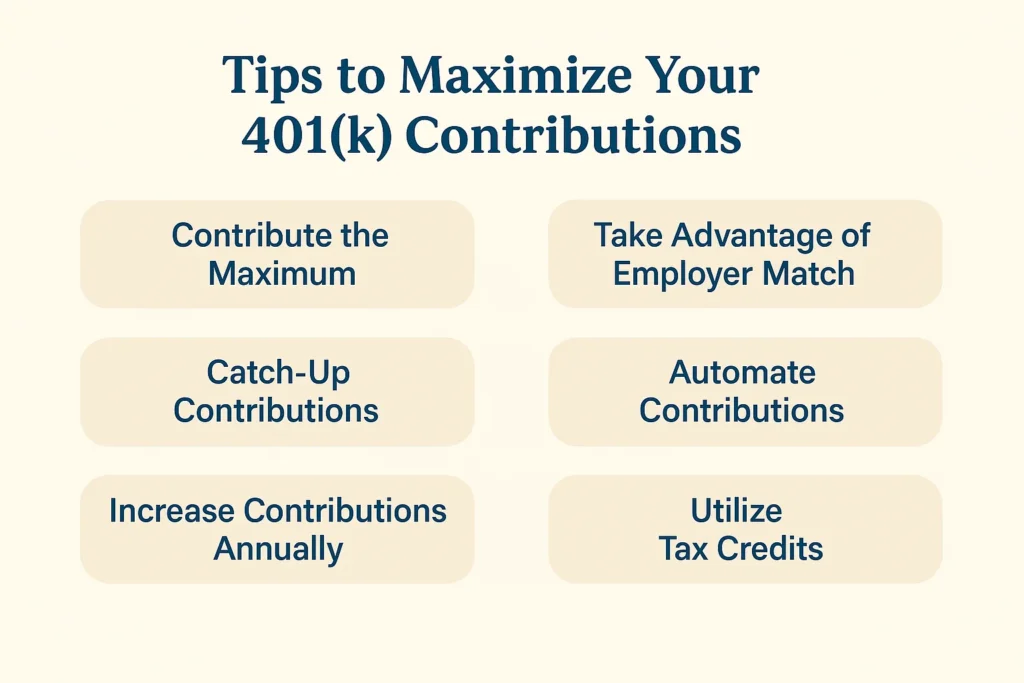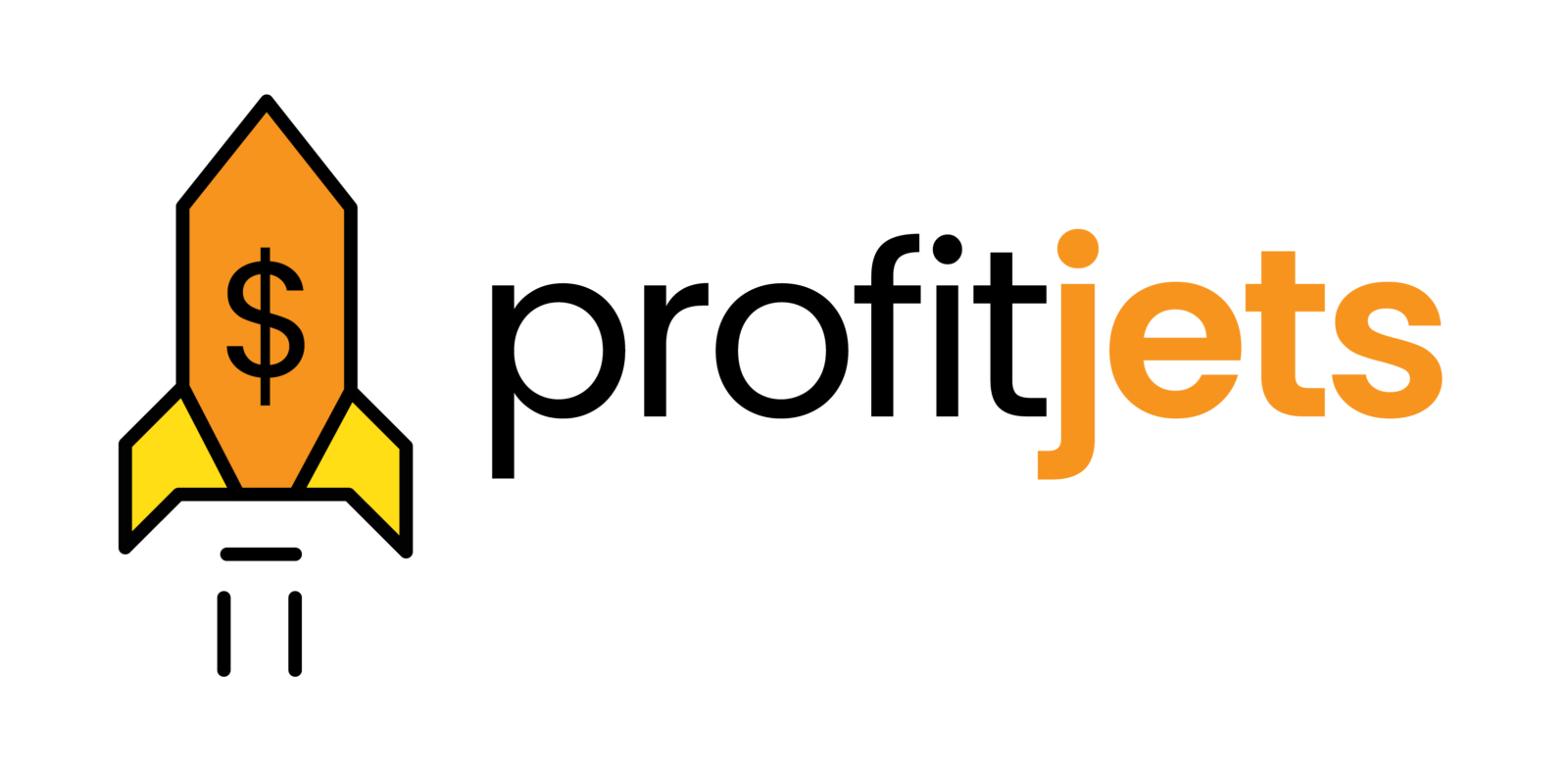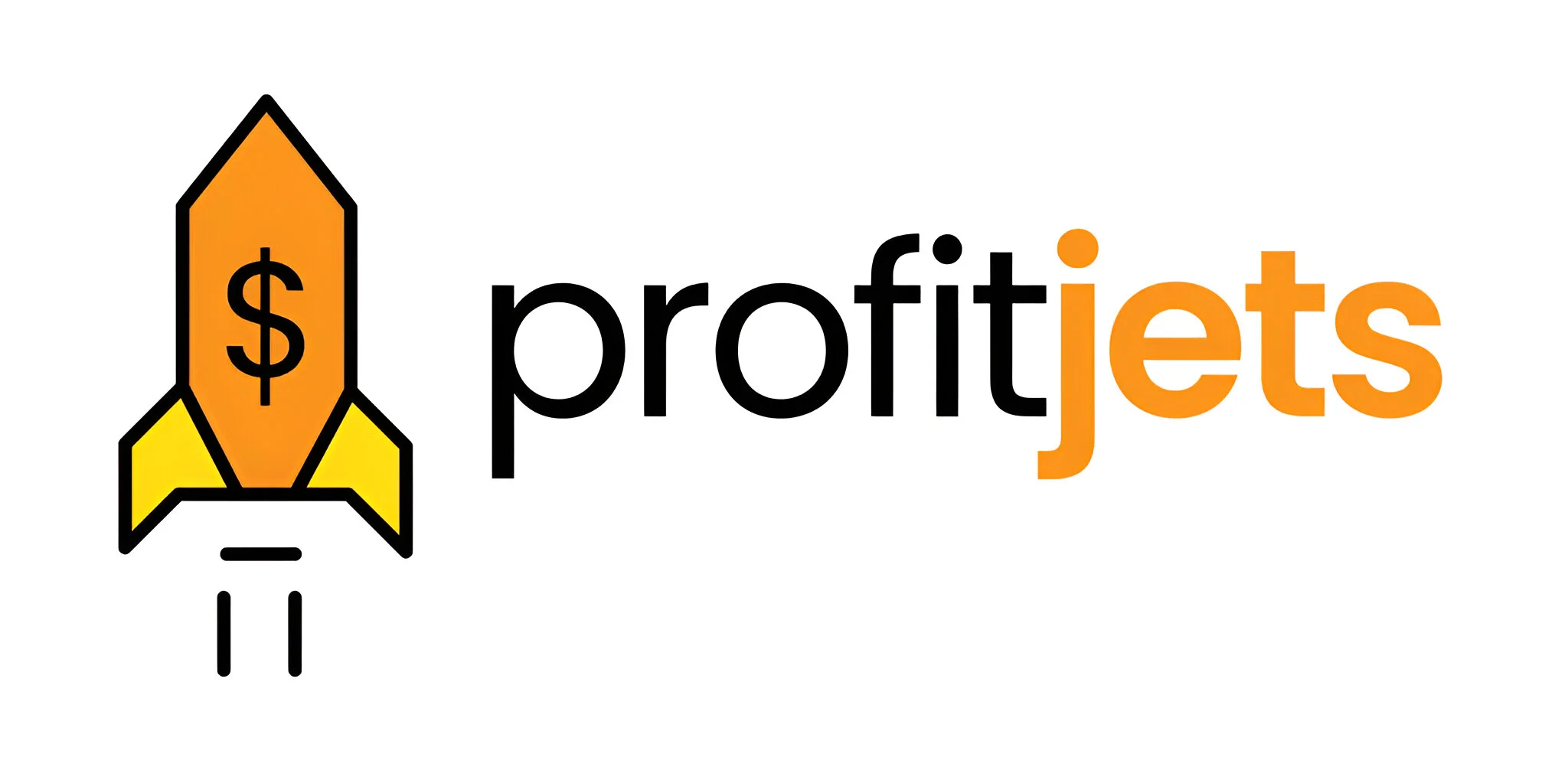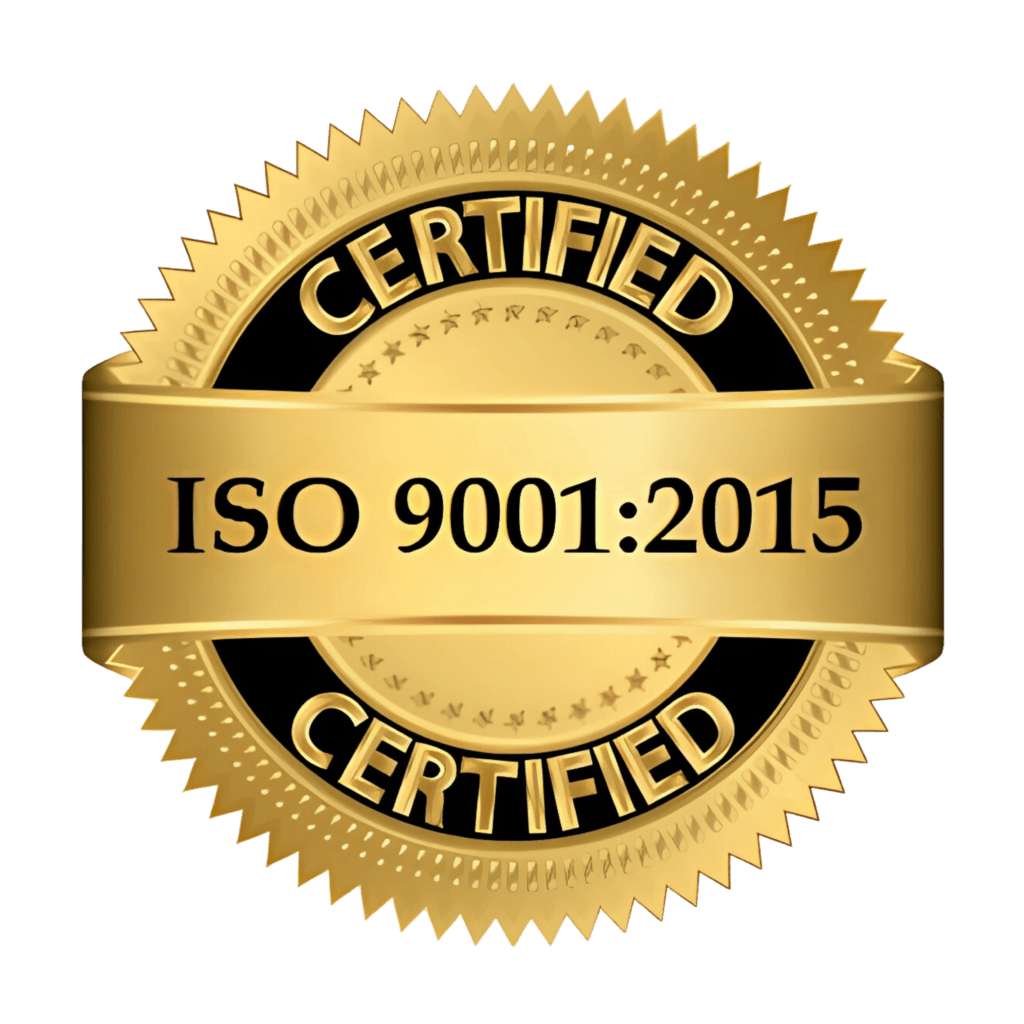As we navigate through 2025, it’s crucial for small business owners, startups, freelancers, and e-commerce entrepreneurs to stay informed about retirement savings opportunities. Understanding the latest 401(k) and IRA contribution limits can help you make the most of your retirement plans.
Table of Contents
Understanding 2025 Contribution Limits
401(k) Contribution Limits
- Employee Contribution Limit: $23,500
- Catch-Up Contribution (Age 50+): $7,500
- Super Catch-Up (Ages 60–63): $11,250 (if plan allows)
- Total Contribution Limit (Employee + Employer): $70,000
IRA Contribution Limits
- Under Age 50: $7,000
- Age 50 or Older: $8,000
Types Of Fund In 401(k)s
Mutual funds
These are one of the most popular 401(k) investment options. There is a wide range of Mutual funds available, from conservative to aggressive. In addition, these funds are described as balanced, moderate, or valued.
Conservative Fund
This fund avoids risk and sticks with high-quality bonds and other safe investments. As a result, you will see your money growing slowly and moderately, and there is almost no chance of losing the money.
Value Fund
A value fund is of a medium risk range and invests mostly in stable companies that are undervalued.
Balanced Fund
As the name suggests, a balanced fund has a few risky equities and a mix of safe bonds and value stocks, or vice versa. It is also called a moderate fund, and “moderate” refers to a medium level of risk involved in the overall investment holdings.
Aggressive Growth Fund
As the name suggests, an aggressive growth fund gives a high return, but the associated risks are also high. You can easily get rich fast or can lose everything even faster. In fact, over time, the fund tends to swing wildly between huge gains and losses.
Specialized Funds
Funds are of infinite varieties, and among the funds, as mentioned above, may be specialized funds that can be invested in emerging markets, utilities, new technologies, or pharmaceuticals. These specialized funds are always in a specific market sector or geographic location.
How To Maximize Your Retirement Fund

1. Start Early in the Year
Begin your contributions early to take full advantage of compound interest and reduce the burden of larger contributions later in the year.
2. Utilize Catch-Up Contributions
If you’re 50 or older, make additional catch-up contributions to boost your retirement savings.
3. Leverage Employer Matching
Ensure you’re contributing enough to receive the full employer match, which is essentially free money towards your retirement.
4. Automate Contributions
Set up automatic contributions to your retirement accounts to maintain consistency and avoid missed opportunities.
5. Diversify Between 401(k) and IRA
Consider contributing to both a 401(k) and an IRA to maximize tax advantages and savings potential.
6. Consult Financial Professionals
Engage with financial advisors or utilize virtual bookkeeping services to ensure you’re making informed decisions aligned with your financial goals. The best way to add money throughout the year is slowly.

Conclusion
Maximizing your 401(k) and IRA contributions in 2025 requires proactive planning and informed decision-making. By understanding the latest contribution limits and implementing effective strategies, you can enhance your retirement savings and secure your financial future.
1. What are the 401(k) contribution limits for 2025?
The employee contribution limit is $23,500, with a catch-up contribution of $7,500 for those aged 50 and over. For individuals aged 60–63, the catch-up limit increases to $11,250 if the plan allows.
2. Can I contribute to both a 401(k) and an IRA in the same year?
Yes, you can contribute to both, provided you meet the income and eligibility requirements for each account type.
3. How do catch-up contributions work?
Catch-up contributions allow individuals aged 50 and over to contribute additional funds beyond the standard limit to their retirement accounts.
4. Are there income limits for IRA contributions?
Yes, income limits apply to IRA contributions, particularly for Roth IRAs. These limits vary based on your filing status and modified adjusted gross income (MAGI).
5. How can virtual bookkeeping services assist with retirement planning?
Virtual bookkeeping services can help track your contributions, ensure compliance with IRS limits, and provide insights into optimizing your retirement savings strategy.










